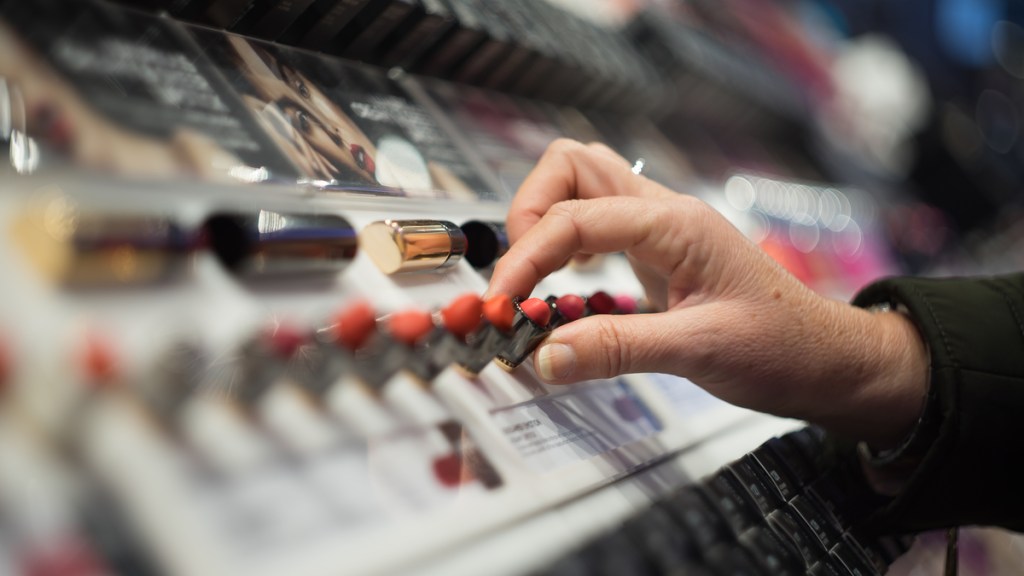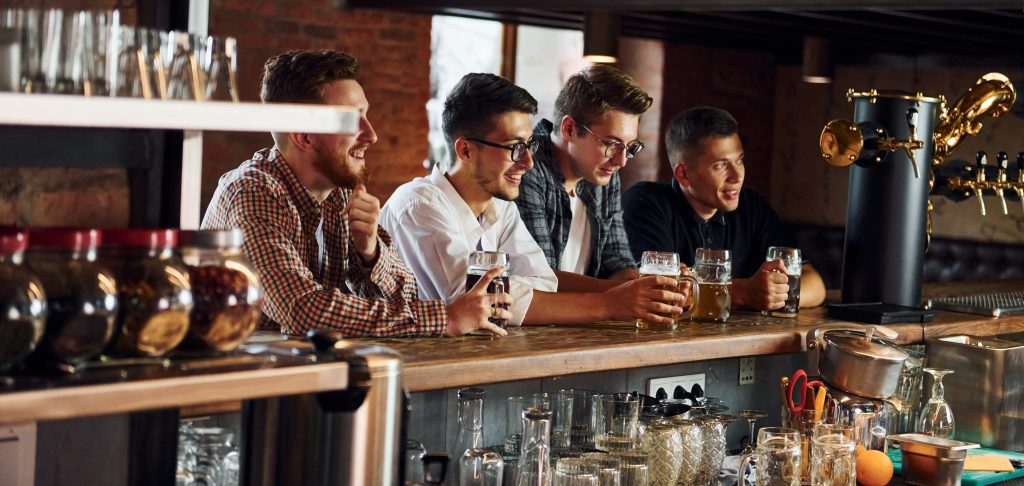The pure player generalists
When we refer to the “pure player generalists” there is one main player here – Amazon. Amazon has had the greatest growth among French online beauty retailers during the last 12 months, strengthening their #1 position by gaining four share points in the last 12 months. Veepee comes in second within this sector with 1.7% share of total beauty versus Amazon’s mighty 17.6%.
The beauty average order size at Amazon is significantly lower than with other merchants (€18.20 versus the average of the top ten retailers sitting at €43.04) – potentially not surprising given 87% of sales come from Prime members.
But Amazon truly shines with its customer base for beauty. Amazon increased its household penetration from 28.5% to 34.6% in the last 12 months, almost double what it was two years ago. Furthermore, purchase frequency among Amzon shoppers grew 17% in the last 12 months and is now the second highest within the top ten online beauty retailers.
The beauty specialists
The beauty specialists account for 41% of value sales within the online beauty category in France, however, this share has declined in recent years. Beauty specialists dominate due to a significantly higher average order size than other merchant sectors, sitting at almost €64.
Sephora holds the top spot within this sector with 12% value share of total online beauty. Sephora had steady growth in average order size in recent years and frequency has remained stable, but the loss of shoppers and fall in penetration has hurt them, particularly the loss of Millennial shoppers who turn to Amazon for their beauty purchases.
Direct to consumer
The DTC model has seen wins in recent times, although notably still only accounts for 16.5% of the online beauty category. With manufacturers such as Typology, Horace, Clarins, and Caudalie all growing their customer base, particularly within Gen Z — who have a greater tendency to shop for beauty in this channel.
Bricks & mortar generalists
Although the bricks & mortar generalists are not significant players within the e-commerce beauty landscape, there is one player worth mentioning who has witnessed significant growth, Leclerc.
Leclerc now own 4.3% value share of the online beauty category. The retailer doubled their penetration in the last two years, with a particular and growing stronghold on millennials, who account for more than half their shoppers. Leclerc claim 6% share of millennials’ online beauty wallet spend.
Navigating the fragmented landscape
With over 90 online beauty retailers in our Foxintelligence by NielsenIQ read, there is no doubt this landscape is fragmented and complex. Couple this with a category that moves in a fast-paced environment of viral social media trends and global influence, and it is easy for manufacturers to miss potential growth opportunities — and threats — in the space.
It is imperative that manufacturers and retailers operating within this arena do not expose themselves to blind spots and have the agility and insight into both the landscape and the shopper to build and strategic winning plans.
Sources
- Foxintelligence by NielsenIQ, France Calibrated Beauty E-commerce read – MAT data to 9th April 2023
Merchant sectors defined
- Pure player generalists : Websites selling several universes of products and only online (e.g. Amazon, Cdiscount, Ebay,…)
- Direct to Consumer : Direct to Consumer websites/apps are brand e-shops which directly sell their products to consumers (e.g. Nivea, Zara, Nespresso, …
- Bricks & Mortar generalists : Websites selling several universe of products online and offline (e.g. Tesco, Rewe, Mercadona, Leclerc,…)
- Beauty Specialists : Brick & Mortar or Pure Player banners specialized on Beauty (e.g. Sephora, Douglas, Notino, …)




